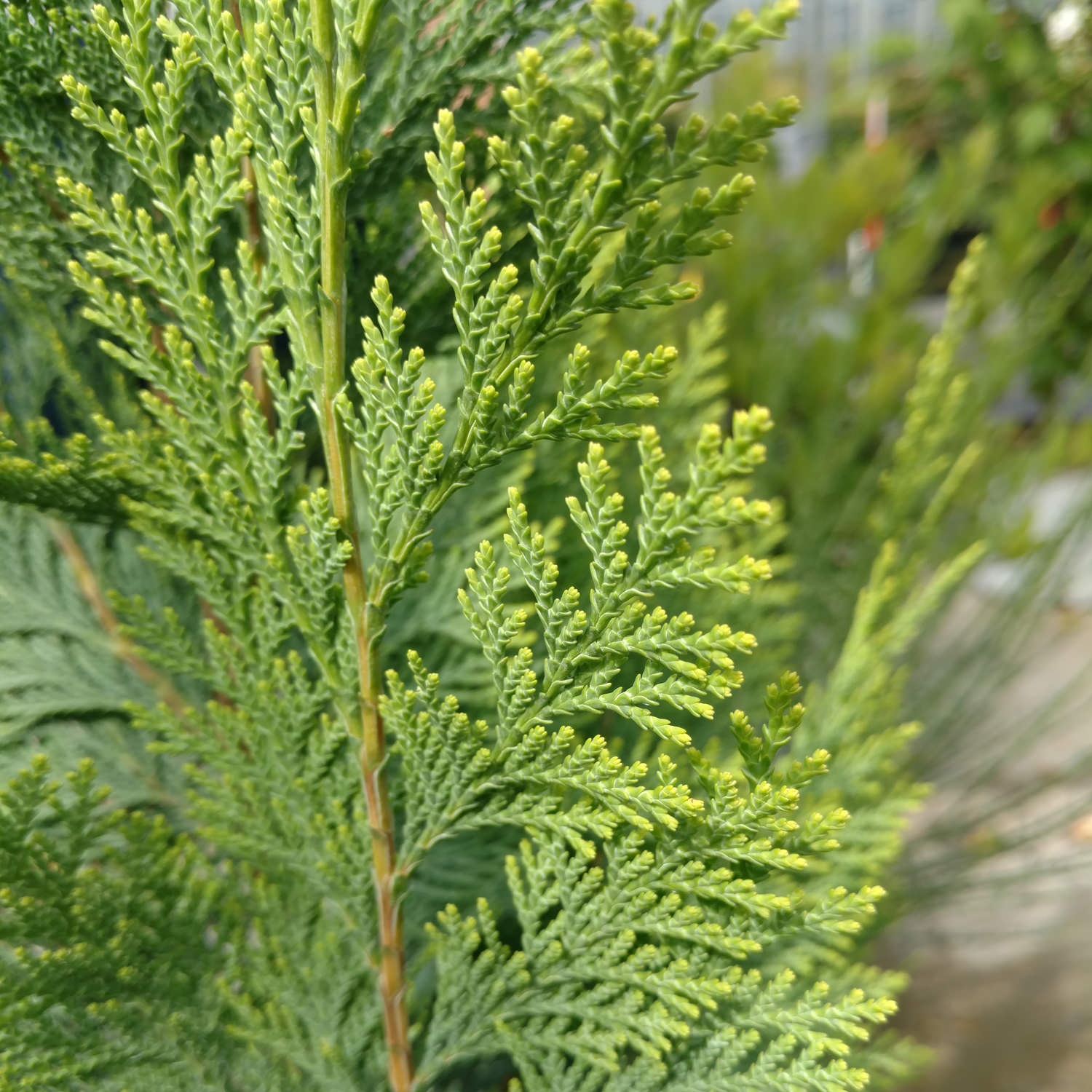
There are many ways to incorporate false cypress into your landscape. Transplant into the landscape after a few years when plants become larger.

Water once or twice weekly until established. Add soil to the sides of the root ball with soil and water well to remove air pockets. Place plant in the hole with the top of the root ball level or slightly shallower than the surrounding ground. Tease out roots or make several slits in the root ball. Dig a planting hole 2-3 times wider than the diameter of the root ball and slightly shallower.

Loosen soil in planting area and amend with compost or other organic matter if needed. Where to plant:Ĭhoose a site with adequate light, well-draining soil and protection from wind. Plant during the cooler months of spring or fall to avoid heat or cold stress.
#PINPOINT BLUE FALSE CYPRESS GROWTH RATE HOW TO#
It does not store any personal data.See how to change up this container throughout the seasons using Pinpoint® Blue false cypress as a centerpiece.

The cookie is set by the GDPR Cookie Consent plugin and is used to store whether or not user has consented to the use of cookies.

The cookie is used to store the user consent for the cookies in the category "Performance". This cookie is set by GDPR Cookie Consent plugin. The cookie is used to store the user consent for the cookies in the category "Other. The cookies is used to store the user consent for the cookies in the category "Necessary". The cookie is set by GDPR cookie consent to record the user consent for the cookies in the category "Functional". The cookie is used to store the user consent for the cookies in the category "Analytics". These cookies ensure basic functionalities and security features of the website, anonymously. Necessary cookies are absolutely essential for the website to function properly.


 0 kommentar(er)
0 kommentar(er)
